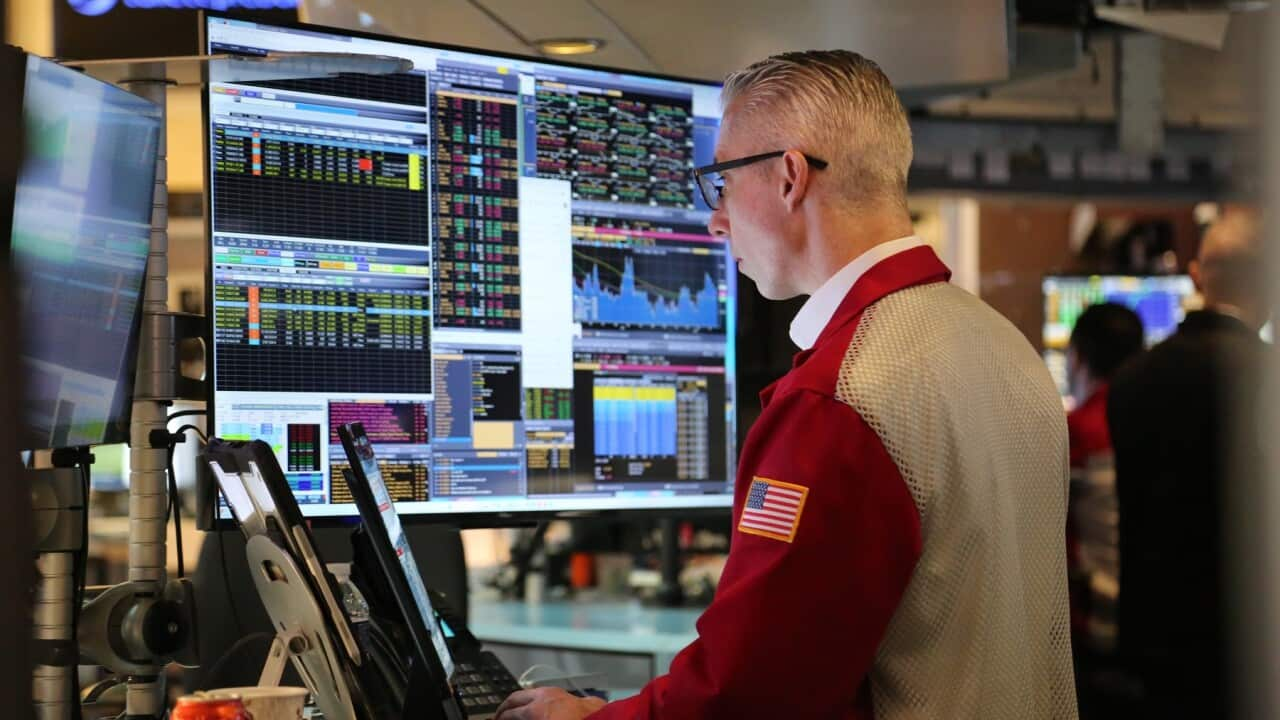TRANSCRIPT
Financial inequality in Australia has reached its highest since 2001, and Sydneysiders know it well.
“I mean, the prices of the house have gone up, I mean, I'm in the trade at the moment building houses, and all these houses have tripled the prices since like two years ago."
"A lot of older people I know, grandparents, they are like own their homes, it's not... All the peole my age just sort of think moving overseas in they want to buy a home, economically, everyone I know is sort of saying there's no point trying to live in Sydney any more."
"Everyone has to balance their lifestyle and income and I think, people that get it don't go out and spend $30, $40 a week on avocado on toast, or other things right?"
The latest annual Household, Income and Labour Dynamics in Australia report - known as the HILDA report - has revealed the financial condition of Australian households in 2021 and 2022.
It shows the government's economic support during COVID reduced inequality in 2020.
But by 2022, Australia's Gini Index - the Global Indicator for Inequality - had risen to 0.31, the highest since 2001.
When a country reaches complete equality, its Gini Index is 0.
When it reaches complete inequality, its Gini Index is 1.
Professor Roger Wilkins is the co-director of the HILDA Survey Project.
He says complex factors affect the rise of inequality.
"We saw incomes at the lower end decrease, which is to be expected given we withdraw all the income support, but perhaps less easy to explain is why the income at the top also grew more strongly, so we had this widening gulf between the well-off and the not well-off people."
The report also shed light on the growing gender inequality when it comes to housework.
It shows that in 2022, men spent the same amount of time on housework as they were in 2002 - just 12.8 hours per week.
Meanwhile, women had to spend much longer time on their paid work, while continuing to bear the major responsibility for unpaid housework.
The results echo the latest data on gender pay gap released this week, which shows that for every dollar a man earns, women only earn 78 cents on average.
Among those most-affected by financial inequality are single parents.
Professor Wilkins says single parents had seen a 76 per cent increase in childcare costs since 2006, while it was just 48 per cent for couple parents.
"Being a single parent has never been easy, what we've seen over the last 20, 25 years is that it's become even harder for single parent family, so relative to the rest of the community, they've fallen further behind, and that's despite the fact that they've increased their employment participation. But it's just the fact they have to do all on their own in many cases, so they are very time-stressed with all these caring responsibilities, plus they increase their paid work, they don't have time to work the number of hours they would need to have an acceptable level of income."
He also says the increasing extreme weather events in the past few years have contributed to the rise of financial inequality in Australia.
"We have 4.5 per cent of all people saying their houses were damaged or destroyed via a weather related event, like a flood or a storm or a bushfire, and that was the highest we've seen since 2009, in fact it was particularly high in New South Wales and Queensland that have experienced severe floods in that period. In fact we have nine per cent of all people in New South Wales saying their homes were damaged or destroyed by a weather-related event that year."
With the ongoing cost of living crisis in 2023 and 2024, Professor Wilkins expects the next report may see Australians suffer from more financial hardship, but he says it won't all be bad news.
"We are also actually expecting to see some decline in income inequality, so there's some prospect that this extreme high level that we reached in 2022 was somewhat temporary, but that remains somewhat speculative at this stage."













